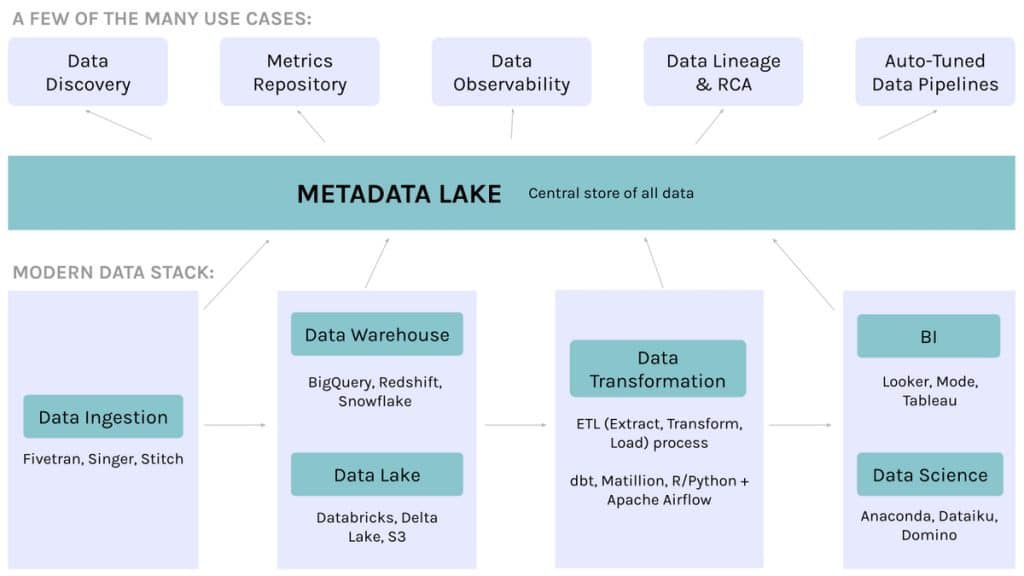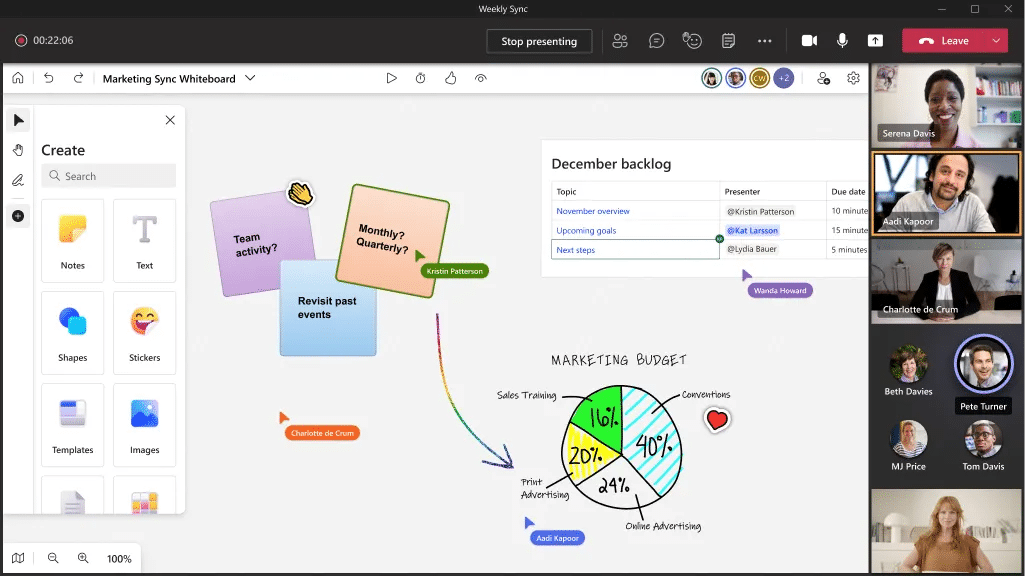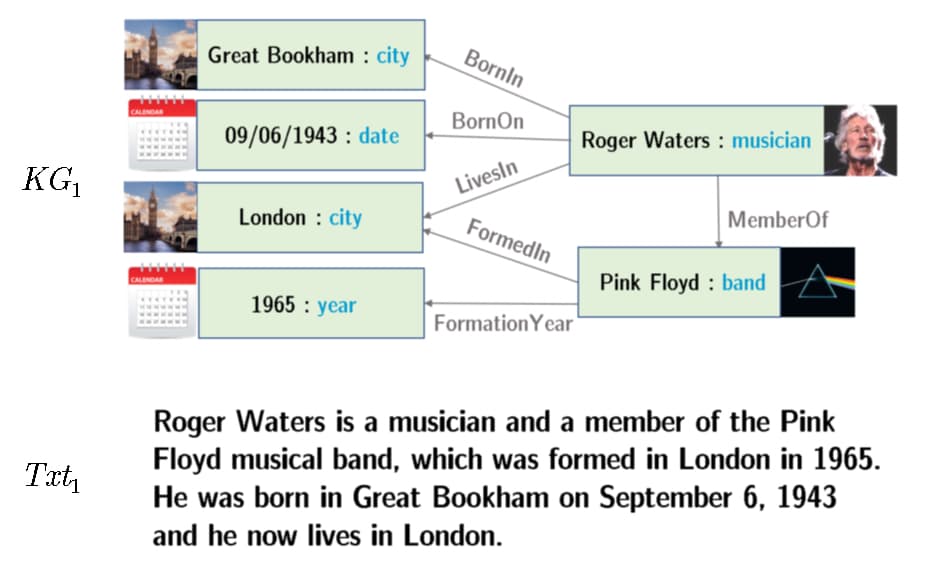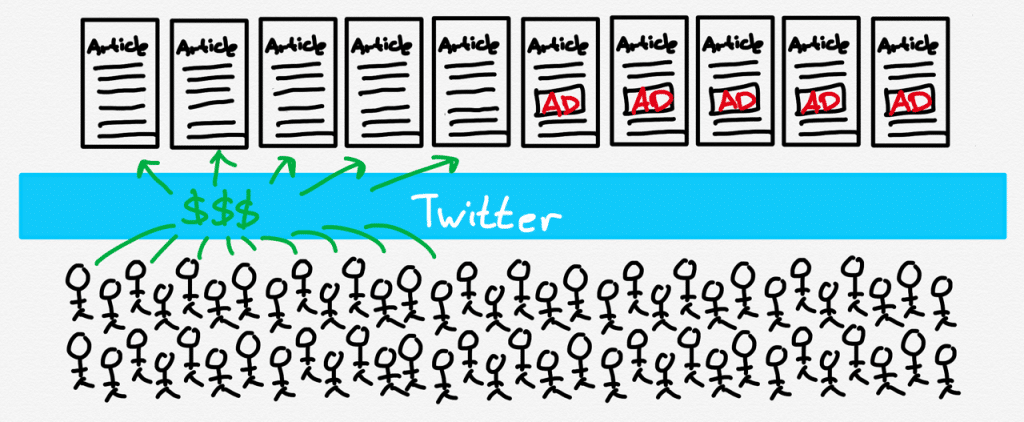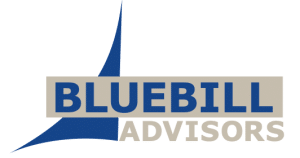I mentioned last week I would be combining our monthly reading recommendations and weekly news into a single weekly publication, while keeping the size of the email about the same (4 +/- min). The late March-like weekend weather here in Boston inspired me to move quicker than planned.
Our new format includes recommended articles in our Opinion / Analysis section. In our News section we have the full text of some of our edited news stories with links to the original source, and snippets of additional news items with links to our edited version.
This week we suggest articles by Benedict Evans and Daniel Tunkelang, and have news from Elastic, Librestream, Varada, Microsoft, Squirro, Fluree and Lead Semantics, and AtScale.
Always interested in hearing what you think!
Opinion / Analysis
Apple, Fedex and the cookie apocalypse
If you’ve been following the consumer privacy versus advertising discussions, you know that Apple’s and Google’s moves are a big deal, but what will result? What will the three-way push-and-pull between advertisers, publishers, and consumers look like? How will each change their model or behavior? What impact will the reactions of rent seekers and regulators have? Nobody knows. Benedict Evans reviews the current state of affairs, suggests some changes, and helpfully looks at the bigger picture.
As cookie-based ads go away, does the targeting move from the cloud to the client, or from the reader to the content? Does this make the strong stronger? Or does the money go to Fedex instead?
https://www.ben-evans.com/benedictevans/2021/5/25/apple-fedex-and-the-cookie-apocalypse
AI for query understanding
We know that Google, Amazon, Microsoft, and others are working hard to determine search intent to create better search results and assistant responses. There is also a lot of interest in replacing inverted indexes with neural information retrieval. Search expert Daniel Tunkelang argues for prioritizing the use AI tools on query understanding before using them to improve retrieval and ranking. He explains more in this short article, and provides useful links for those of us who might need a refresher on search technology terminology.
https://dtunkelang.medium.com/ai-for-query-understanding-d8c073095fff
Content technology news
Elastic adds features in Elastic Enterprise Search 7.13
May 27, 2021 – Elastic announced new Dropbox integrations, the beta release of the Elastic App Search precision tuning API, and enhanced custom source APIs across the Elastic Enterprise Search solution in the 7.13 release. Elastic Enterprise Search includes expanded content sources for Elastic Workplace Search, now supporting Dropbox Paper and complete document-level permission synchronization across all Dropbox content. Teams that rely on Dropbox to collaborate, create, and coordinate can use Workplace Search to find the content they need alongside relevant chat messages, wiki pages, PDFs, and other content.The new Elastic App Search precision tuning API, now available in beta, allows customers to adjust the recall and precision of their websites or application search results. Through a single API call or parameter at query time, search admins can easily unlock granular search optimization by configuring how broad or narrow their search results should be to suit the exact needs of their users.New custom source management APIs, also introduced in Workplace Search 7.13, simplify data ingestion and enable users to manage content from any source, including legacy and custom applications. The new APIs allow for programmatic, on-the-fly creation and operation of sources without the need for manual setup. Users can create high-quality ingestion pipelines for any source alongside other day-to-day tools, all with unified relevance.
https://www.elastic.co/blog/whats-new-elastic-enterprise-search-7-13-0
Librestream enhances knowledge-sharing with AI Connected Expert
May 27, 2021 – Librestream, provider of augmented reality (AR) and remote collaboration solutions, launched new capabilities for its Artificial Intelligence (AI) Connected Expert vision giving industrial workers access to the content, people, smart data and guidance needed to efficiently and safely perform their work.
The new components to the Onsight platform include natural language processing (NLP) with real-time translation capabilities to bridge language barriers amongst global workers, and an industrial-first AR experience for the Microsoft HoloLens 2 platform. The advancements build on the AI Connected Expert workforce vertically-trained computer vision, reducing human cognitive load, and enabling faster time to competency for employees, as well as IoT sensor data visualizations within the Onsight experience.
Onsight Translator, Librestream’s NLP capability, enables users to simply and securely translate “speech to text,” including live transcription (captions) displayed on-screen and live translation of calls from one language to another. Whether a field technician works with a subject matter expert on an asset repair task, communicates with a supplier in a different country or assists with a remote inspection, Onsight Translator’s speech recognition and machine translation bridges language gaps.
Onsight Connect for HoloLens 2 provides hands-free experience across collaborators, incorporating the mixed reality features of the HoloLens 2 such as holographic visual interface and support for gestures, voice-driven commands, and 3D audio experience.
https://librestream.com/press-releases/librestream-unveils-workforce-collaboration-and-knowledge-sharing-enhancements-as-part-of-ai-connected-expert-vision/
Varada delivers text analytics on the Data Lake for SQL Consumers
May 27, 2021 – Varada, a data lake query acceleration provider, announced its platform now supports text analytics workloads and helps data teams deliver faster time-to-insights on exabytes of string-based data. Varada’s solution for interactive text analytics, integrated with open source search engine Apache Lucene, works directly on the customer’s data lake and serves SQL data consumers out-of-the-box. Varada’s text analytics feature is deployed in the organization’s own environment, so the data is not duplicated and never leaves. Plus, it incorporates all data from any source without modeling with results that are both thorough and precise. Varada’s dynamic and adaptive indexing technology enables text analytics workloads to run at close to zero latency response time.
Varada’s adaptive and autonomous indexing technology leverages machine learning capabilities to dynamically accelerate queries to meet evolving business requirements. Varada indexes data directly from the data lake across any columns. Based on the data type, structure, and distribution of data, Varada automatically creates an optimal index from a set of indexing algorithms including text-optimized search and index (based on Apache Lucene) as well as bitmap, dictionary, trees, etc. Indexes also adapt to changes in data over time.
https://varada.io/
More recent news…
Microsoft Build — selected news
Lots of news this week at the annual Microsoft Build developer conference. They did produce a very helpful “Book of News” (at about 8,800 words) with a table of contents to cover it all. Below is a selection of announcements our readers are most likely to be interested in, followed by a link to the …
https://gilbane.com/2021/05/microsoft-build-selected-news/
Squirro launches new Squirro App Studio
Squirro, an Augmented Intelligence solutions provider, has announced the launch of its new Squirro App Studio, a no code / low code platform to build and set up AI-powered apps such as Cognitive Search quickly and easily. The platform enables users with no background in data science to build a Cognitive Search app, leveraging Artificial …
https://gilbane.com/2021/05/squirro-launches-new-squirro-app-studio/
Fluree and Lead Semantics announce TextDistil
Fluree, provider of an immutable semantic graph data platform, announced a technical partnership with Lead Semantics to provide an integrated solution, TextDistil, for enterprise data management teams building semantic-capable, secure data fabrics. A focus for the integrated solution includes regulated industries, with a greater magnitude and scope of requirements needed to prove compliance, including fintech, …
https://gilbane.com/2021/05/fluree-and-lead-semantics-announce-textdistil/
AtScale announces AtScale CloudStart
Semantic layer eliminates the friction of moving BI, artificial intelligence and machine learning workloads to the cloud. …
https://gilbane.com/2021/05/atscale-announces-atscale-cloudstart/
The Gilbane Advisor is curated by Frank Gilbane for content technology, computing, and digital experience professionals. The focus is on strategic technologies. We publish recommended articles and content technology news weekly. We do not sell or share personal data.
Subscribe | Feed | View online | Editorial policy | Privacy policy
Content technology news | Contact
